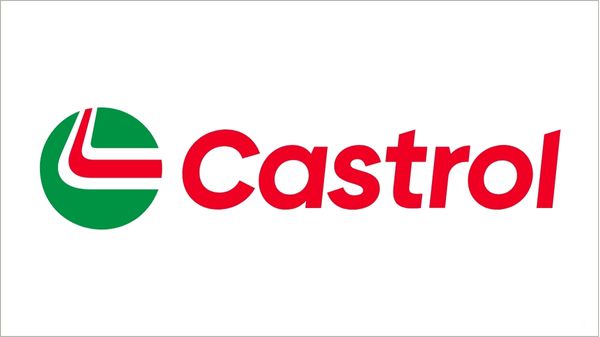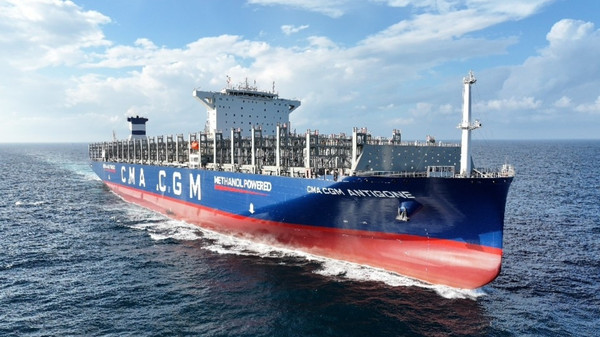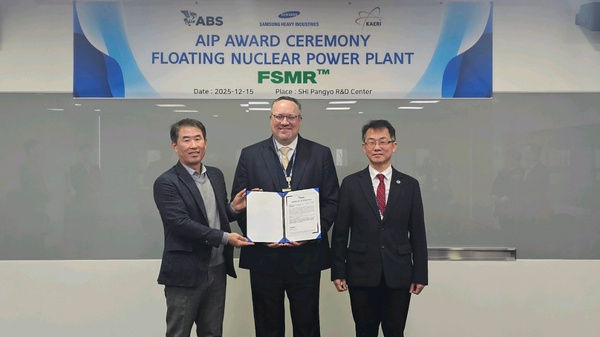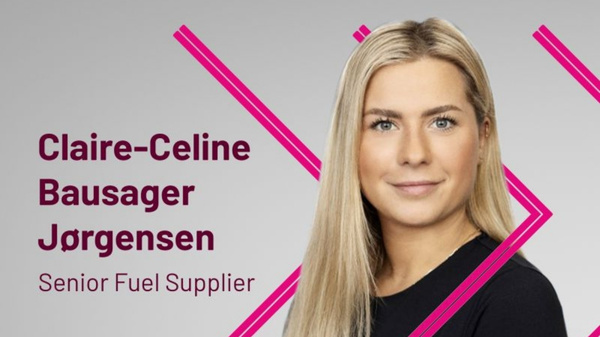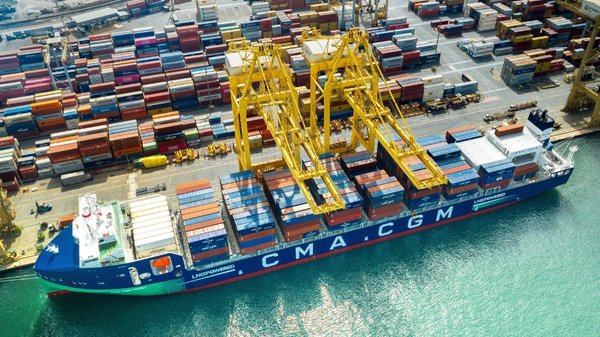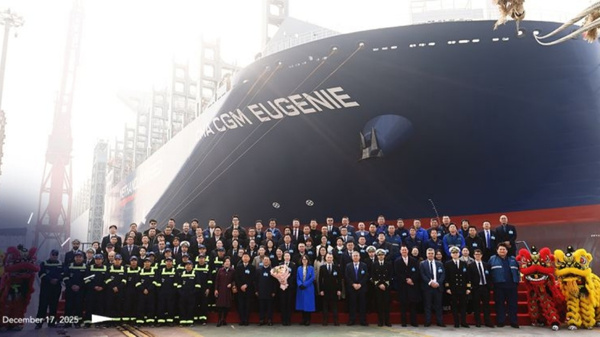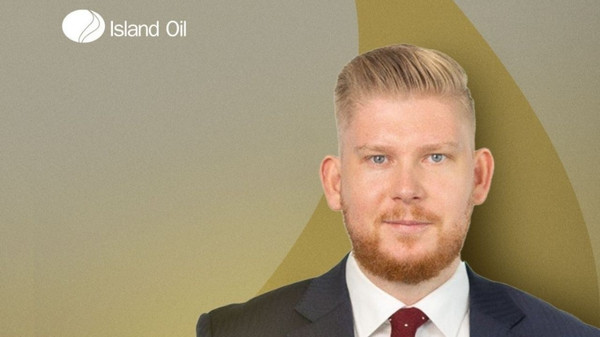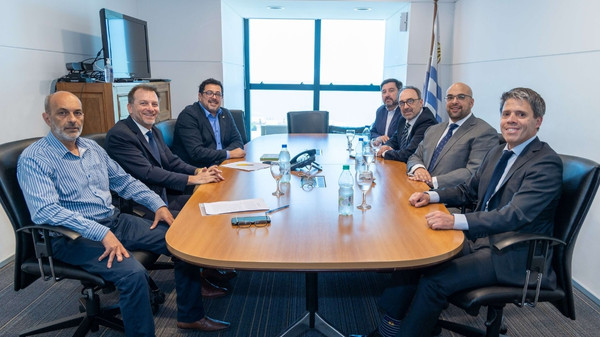Oil transportation firm and barge operator, Kirby Corporation, has announced that net profit rose by $16 million, or 30.1%, during the third quarter of 2013 compared to the corresponding period last year.
Net earnings for the three-month period ending on September 30, 2013, increased to $69.1 million, or $1.21 per share, compared with $53.1 million, or $.95 per share, for the 2012 third quarter. Consolidated revenues for the 2013 third quarter were $551.1 million compared with $521.3 million the previous year.
Commenting on the results,
Joe Pyne, Kirby's Chairman and Chief Executive Officer, said: "For both our inland and coastal marine transportation markets, strong demand, high tank barge utilization levels and favorable pricing trends continued during the third quarter. However, our land-based diesel engine services business continues to be very challenging. The significant increase in pressure pumping horsepower during 2010, 2011 and early 2012, along with current low natural gas prices, resulted in a very weak market for our land-based diesel engine services sector. However, there are signs that this cycle has bottomed and we anticipate an improved market sometime in 2014."
Kirby reported net earnings attributable to Kirby for the 2013 first nine months of $188.8 million, or $3.32 per share, compared with $151.6 million, or $2.70 per share, for the first nine months of 2012. Consolidated revenues for the 2013 first nine months were $1.67 billion compared with $1.60 billion for the first nine months of 2012.
Segment Results – Marine Transportation
Marine transportation revenues for the 2013 third quarter were $436.2 million compared with $349.8 million for the 2012 third quarter. Operating income for the 2013 third quarter was $113.6 million compared with $81.7 million for the 2012 third quarter.
The inland marine transportation markets continued their strong performance with the petrochemical, black oil and refined products fleets consistently in the 90% to 95% utilization range, with favourable pricing trends. During July, adverse operating conditions continued due to the Algiers Lock closure from structural damage that created heavy congestion and delays in the New Orleans area, and resulting congestion and delays at the Bayou Sorrels and Port Allen Locks. With the reopening of the Algiers Lock in mid-July, traffic delays returned to normal levels by the end of the month. During September, low water levels on the upper Mississippi River System lead to the light loading of tank barges destined for that area.
The coastal marine transportation markets also continued their strong performance with fleet utilization in the 90% range compared with the 75% to 80% range for the 2012 third quarter, leading to favourable short-term and long-term contract renewals and higher spot contract pricing. The higher utilization resulted from increased demand for crude oil and gas condensate movements and continued success in expanding the coastal customer base to include inland's major customers with coastal requirements. The third quarter also benefited from fewer shipyard days compared with previous quarters, as well as cost reductions from the sale in early August 2013 of the New York Harbor bunkering fleet that operated at a loss.
The marine transportation operating margin for the 2013 third quarter was 26.1% compared with 23.4% for the third quarter of 2012.
Segment Results – Diesel Engine Services
Diesel engine services revenues for the 2013 third quarter were $114.9 million compared with $171.6 million for the 2012 third quarter. Operating income for the 2013 third quarter was $9.1 million, including a $7.9 million credit to the contingent earnout liability, compared with operating income of $14.6 million for the 2012 third quarter.
The lower revenue and operating income primarily reflected a continuation of a weak land-based environment for the manufacturing of oil service equipment, including pressure pumping units, and lower sales and service of land-based engines, transmissions and parts. The market for the remanufacturing of older pressure pumping units remained relatively stable. The marine diesel engine services market benefited from major service projects for inland and coastal customers. The power generation market benefited from generator set upgrades and parts sales for both domestic and international customers.
The diesel engine services operating margin was 7.9% for the 2013 third quarter, including the positive impact of the $7.9 million credit to the contingent earnout liability, compared with 8.5% for the 2012 third quarter.
Cash Generation
Cash flow remained strong during the 2013 first nine months, with EBITDA of $448.3 million compared with $370.4 million for the 2012 first nine months. The cash flow was used in part to fund capital expenditures of $207.0 million, including $127.0 million for new inland tank barge and towboat construction and progress payments on the construction of two offshore dry-bulk barge and tug units completed during the 2013 second quarter, and $80.0 million primarily for upgrades to the existing inland and coastal fleets. Total debt as of September 30, 2013 was $860.9 million and the debt-to-capitalization ratio was 31.0%, a significant decrease from total debt as of December 31, 2012 of $1.14 billion and debt-to-capitalization ratio of 39.9%.
Outlook
Commenting on the 2013 fourth quarter and full year market outlook and guidance, Pyne said: "Our earnings guidance for the 2013 fourth quarter is $1.05 to $1.15 per share compared 2012 fourth quarter earnings of $1.03 per share that included a $.09 per share credit to the United contingent earnout liability. For the 2013 year, we raised and narrowed our guidance range to $4.37 to $4.47 per share compared with $3.73 for 2012. This 2013 annual guidance range includes a cumulative $0.20 per share credit to the United contingent earnout liability. We anticipate continued strong demand across all inland marine transportation markets during the fourth quarter, utilization levels remaining in the 90% to 95% range and favorable pricing trends. For our coastal marine transportation markets, we anticipate continued strong demand, 90% utilization levels and improving pricing trends. Our fourth quarter guidance reflects the beginning of unfavorable winter weather conditions for both our inland and coastal transportation markets. For our diesel engine services segment, we continue to believe we are at the bottom of the cycle in our land-based market and should begin to see some improvement sometime in 2014. Our fourth quarter guidance assumes our diesel engine services marine and power generation markets will remain stable and our land-based market weak."
Pyne added: "Our 2013 capital spending guidance is currently in the $240 to $250 million range, including approximately $143 million for the construction of 68 inland tank barges, three inland towboats, and progress payments on the construction of two offshore articulated dry-bulk barge and tugboat units placed in service in the 2013 second quarter. The balance of $97 to $107 million is primarily capital upgrades and improvements to existing inland and coastal marine equipment and facilities, and diesel engine services facilities."

